How to Navigate Group Exhibitions
Collaboration 101: group exhibitions, and what artists have to say about them
“Sometimes, we can get in our heads and not even realize that what we’re doing is something we once dreamt of.”
For artists who seek to begin showcasing their work, the decision to exhibit solo or participate in a group show can be a career-defining moment. Each option offers distinct advantages and challenges, shaping an artist’s professional development and public engagement trajectory.
While solo exhibitions allow for an intimate, focused presentation of an artist’s vision, group exhibitions serve as a dynamic and collaborative platform that fosters community, visibility, and shared resources.
To help you understand and dive deeper into the dynamics of a group exhibition, we talked to four emerging artists about their experiences.
The Essence of Group Exhibitions
At its core, a group exhibition is a collective presentation of artistic works from multiple artists, each contributing their unique voice to a shared space. These exhibitions can take place in galleries, museums, or alternative art spaces, creating a tapestry of artistic expression that appeals to a broad audience.
Unlike solo shows, where an artist must carry the burden of organizing, financing and promoting the exhibition independently, group exhibitions distribute these responsibilities among participants, making them more accessible, especially for emerging artists.
Generally, group exhibitions start from a concept, and the curator reaches out to artists who would fit within the chosen theme and environment. Tess van Dorp, a Dutch artist based in Amsterdam, reflects on the coming together of different styles: “I find it beautiful, how we all go into the same themes and the same topics, but all in very different ways,” she says. “To me, that gives a feeling of celebrating all different art styles, acknowledging that everyone has their own way of doing art. Maybe we want to say the same thing, but because of our expression, it is all different.”
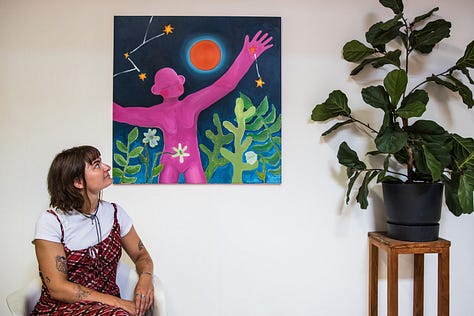


The Benefits of Collaboration
One of the primary advantages of participating in a group exhibition is the opportunity to network and build connections within the art community.
These events bring together artists, curators, collectors, and critics, providing a fertile ground for professional relationships and potential collaborations. The diversity of artistic styles and perspectives within a group show often sparks dialogue, encouraging artists to reflect on their own work within a broader artistic landscape.
In the case of Tio, a Belgian artist and analytical chemist, his art is often presented in an interdisciplinary environment with dancers, musicians, and chefs: creating an interactive and creative space.
“Painting is sometimes very solitary: you’re in your studio, thinking about things and not exposed to the outside. At the same time, people are not interacting with your art,” he says. “Through these exhibitions, you're turning the painting into a performance, and it becomes something where I can blend my art with someone else's”.
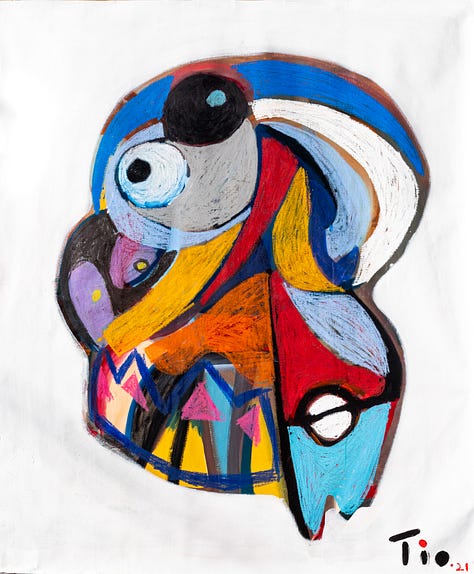
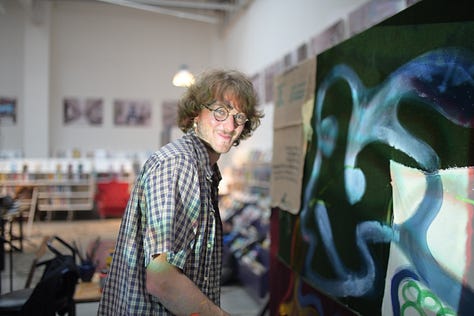

Beyond meeting new people and encouraging discourse, group exhibitions offer significant financial and logistical advantages. Participants share the costs associated with venue rental, marketing, and installation, easing the financial strain that often accompanies solo exhibitions. This pooling of resources enables artists to exhibit in prestigious spaces and reach wider audiences without the overwhelming expense of a solo endeavor.
Marketing efforts, too, benefit from the collective nature of group shows. Each artist brings their network of supporters, increasing foot traffic and media attention. The collaborative effort behind promotional materials—whether through social media, printed catalogs, or press releases—amplifies the exhibition’s reach, maximizing exposure for all participants.
“All the artists and their friends are at the opening of the group exhibition,” adds Tess. “For the solos I had, it was just my friends. So, you get to know more people!”
Artistic Growth and Learning Opportunities
Engaging in a group exhibition is not only a strategic move for career development but also a catalyst for artistic growth. Exposure to diverse styles, techniques, and conceptual approaches encourages artists to expand their creative horizons. Observing how peers interpret themes and execute their work can inspire new directions and methodologies in an artist’s practice.
Of course, everyone lives this experience differently. In the case of Iulia Paraipan, a Romanian artist whose main medium is textiles, group exhibitions opened many doors but mostly taught her a lot about how to approach her art and career.
“I realized that my work could look different surrounded by other works, in that different context,” she said. “The art world is so big, and you have infinite possibilities of creating and putting your creativity together. You have something to learn from each experience! The people I interacted with all expected different things from me, so I needed to be professional, send things in on time, and be careful with how I presented myself.”
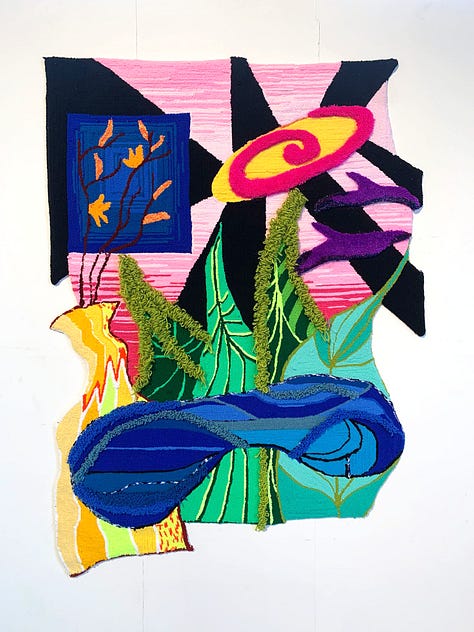
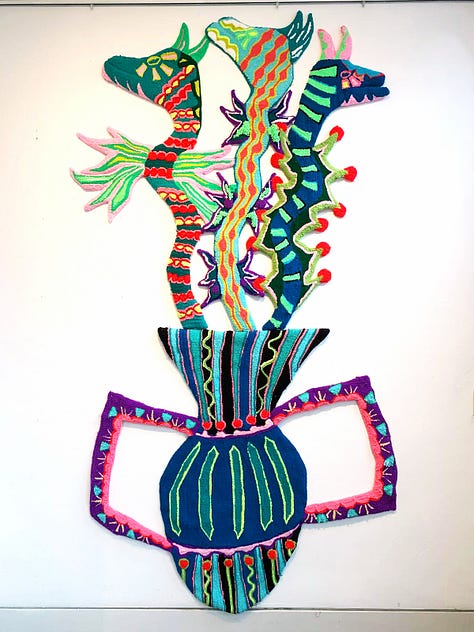
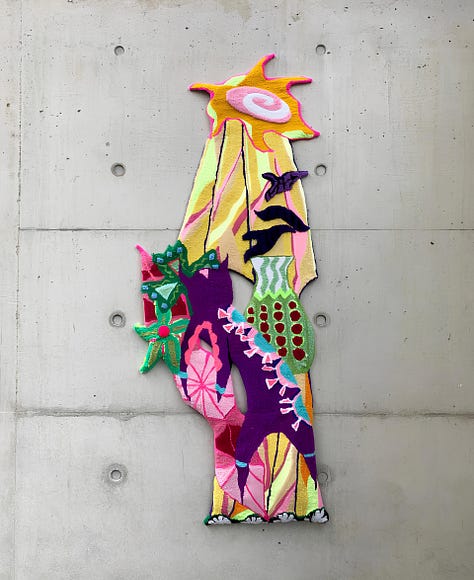
Furthermore, receiving feedback from both fellow artists and audiences provides valuable insights. Constructive critique from peers can refine an artist’s technique, while audience reactions offer a gauge of how effectively their work communicates to viewers. These interactive exchanges foster a culture of continuous learning, which is essential for artistic evolution.
Jūlija Šilova, an emerging artist from Latvia, reflects on this saying: “Whether it's a group or solo exhibition, art fair, work in residency or a publication in a social network, any such experience gives an emotional feedback from the outside, without which art cannot exist and develop. It's a kind of energy exchange, you create a work and it has to be seen by the world, otherwise, it loses its meaning”.
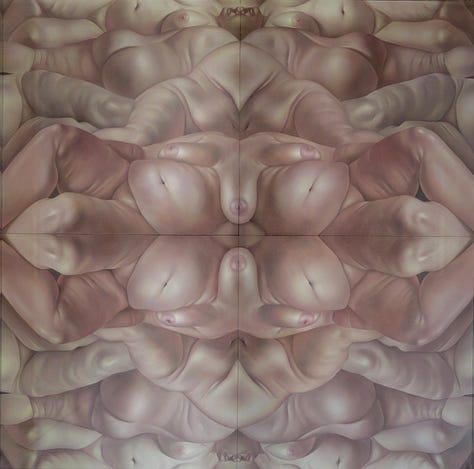
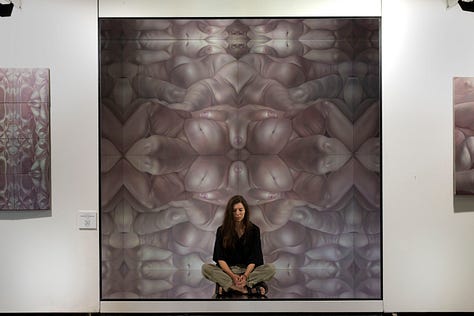
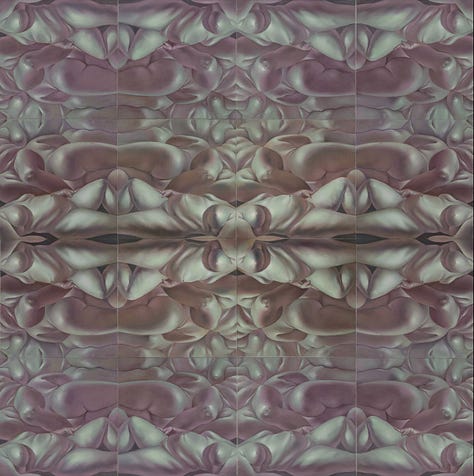
Challenges of Group Exhibitions
Despite their many benefits, group exhibitions present certain challenges that artists must navigate. One of the most notable drawbacks is the potential for reduced individual attention. In a shared space, an artist’s work competes for viewer engagement among numerous other pieces, sometimes leading to overshadowing by more prominent or visually striking works. This can be particularly daunting for emerging artists striving to establish their presence.
The limited physical space of group exhibitions also means that individual works may not receive the curatorial focus they would in a solo show. The placement of an artwork within a larger thematic narrative can influence its perception, sometimes aligning with or diverging from the artist’s original intent. Balancing individual expression with the cohesion of the overall exhibition is a delicate task for both artists and curators.
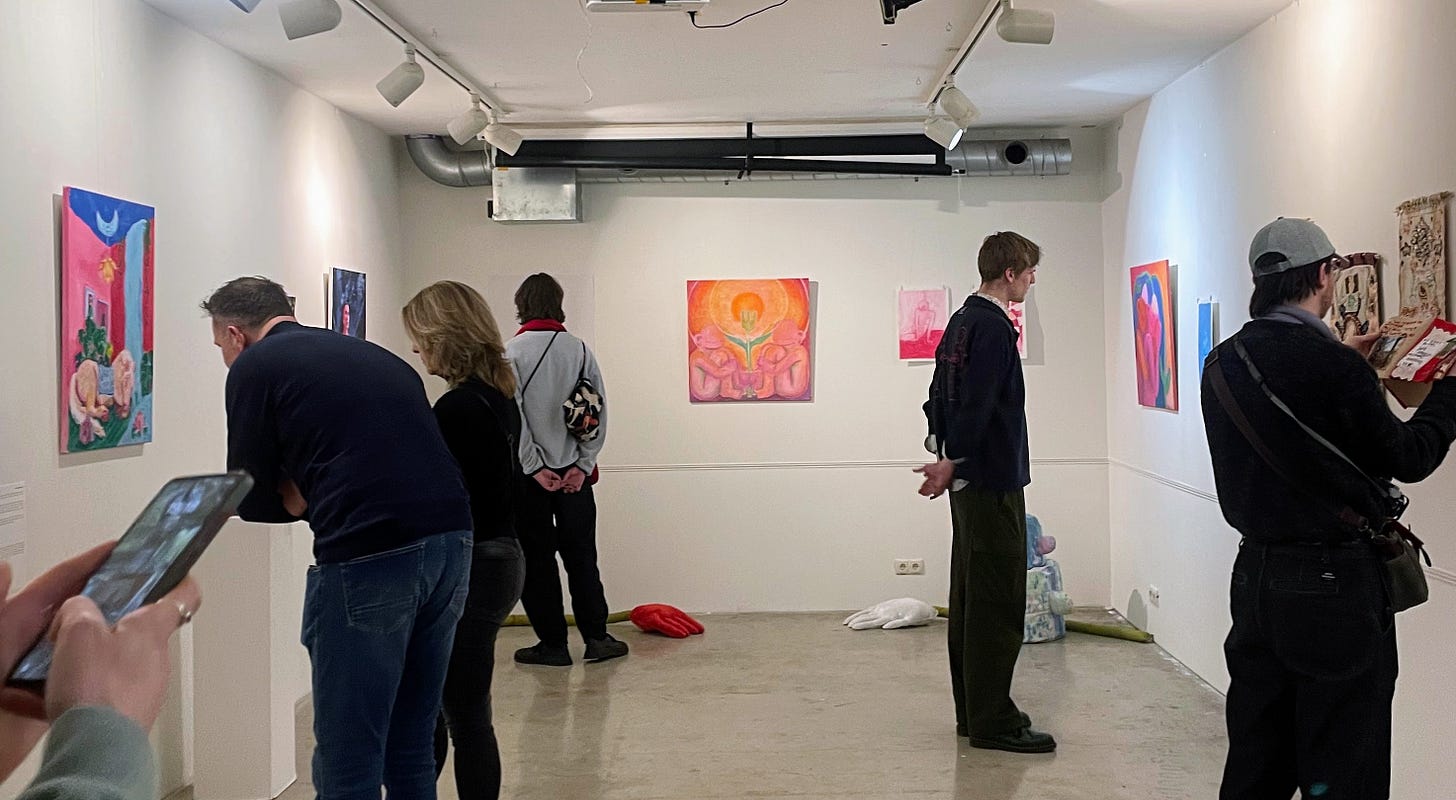
Creative differences among participants can also pose challenges. Artists bring distinct visions and expectations to a group setting, and disagreements over thematic interpretations or spatial arrangements can arise. Iulia reflects on this, saying, “The experience of working with galleries or exhibitions made me realize that art is not only about working in your studio. It's also the life outside it: talking about your art or interacting with others.”
Effective communication and compromise are crucial in ensuring a harmonious and impactful exhibition.
“Communication is so important! When you're working with a bunch of people, it's very important to be clear about the details. That way, you can really elevate each other.”
Tess van Dorp
Finding the Right Balance
For many artists, the ideal approach lies in a hybrid model that integrates elements of both solo and group exhibitions. Some group shows feature designated solo sections where artists can present a concentrated body of work within the collective framework. This format allows for both individual recognition and the benefits of communal exposure.
Ultimately, the choice between a solo or group exhibition depends on an artist’s goals, resources, and stage of career development. While solo exhibitions provide unparalleled autonomy and focus, group exhibitions offer a rich, collaborative environment that enhances visibility, fosters connections, and encourages artistic dialogue.
By carefully weighing these factors, artists can make informed decisions that best support their creative ambitions and professional aspirations.
“It was really like the collaboration of the artists. And because of that collaboration, we also created a warm sphere for those participating in the event. Everyone who comes to see this collaboration feels like they're part of it, too.”
Tio





